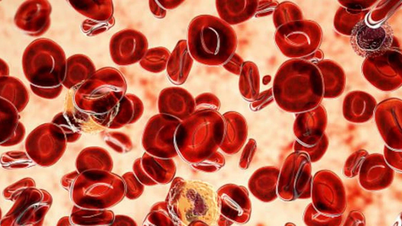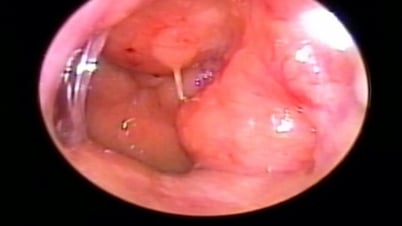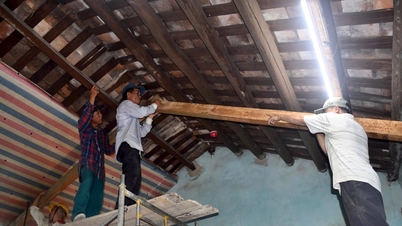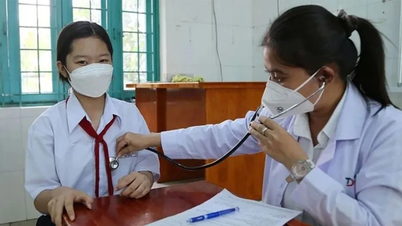In the not-too-distant future, you may be able to stick a small patch on your skin to see if a small bump on your skin is cancerous.
A silicone patch fitted with tiny needles that examines lesions for the presence of biomarker compounds that could signal cancer is being developed by researchers at the University of Michigan.
The device, called ExoPatch, has proven effective in distinguishing malignant tumors from healthy tissue in mice. If successful, the method could revolutionize the detection of skin cancer.

A Caucasian with a mole currently has to visit a doctor about every six months to have a biopsy sample sent to determine if it is malignant or benign. With this test, they can do it themselves at home, with immediate results, said study co-author Professor Sunitha Nagrath.
This new patch tests exosomes. Exosomes are tiny, nano-sized vesicles secreted by cells to communicate and transport information between cells. They contain a variety of biomolecules such as proteins, nucleic acids (DNA, RNA), lipids and play an important role in many biological processes, including cell growth and pathology… related to cancer.
Each ExoPatch contains a gel that attracts skin cell exosomes to microneedles on the patch. Once removed, the patch is placed in an acidic solution to release the exosomes into the solution.
Similar to the home COIVD-19 test, the test strip dipped in solution will display two lines if there are signs of melanoma or just one line if there are none.
The team stressed that there was no need to use blood. Professor Sunitha Nagrath said the star-shaped needles made the insertion easier and less painful, but they were so small that they only penetrated the top layer of skin, the epidermis, and did not cause bleeding.
The studies were conducted on mice – some without cancer and some injected with a piece of human melanoma. The results showed that Exopatch was able to accurately differentiate between cancerous and non-cancerous mouse skin, with a 3.5 times darker line forming after exposure to samples containing melanoma.
"This is the first patch designed to collect disease-specific exosomes from subcutaneous fluid, and its potential applications are huge," said Prof. Nagrath.
The researchers are now planning human trials, followed by clinical trials. The research is funded by the US National Institutes of Health and the team has filed for a patent.
Source: https://baolaocai.vn/mieng-dan-tai-nha-co-the-giup-phat-hien-ung-thu-da-post878534.html



![[Photo] Binh Trieu 1 Bridge has been completed, raised by 1.1m, and will open to traffic at the end of November.](https://vphoto.vietnam.vn/thumb/1200x675/vietnam/resource/IMAGE/2025/10/2/a6549e2a3b5848a1ba76a1ded6141fae)

























































































Comment (0)